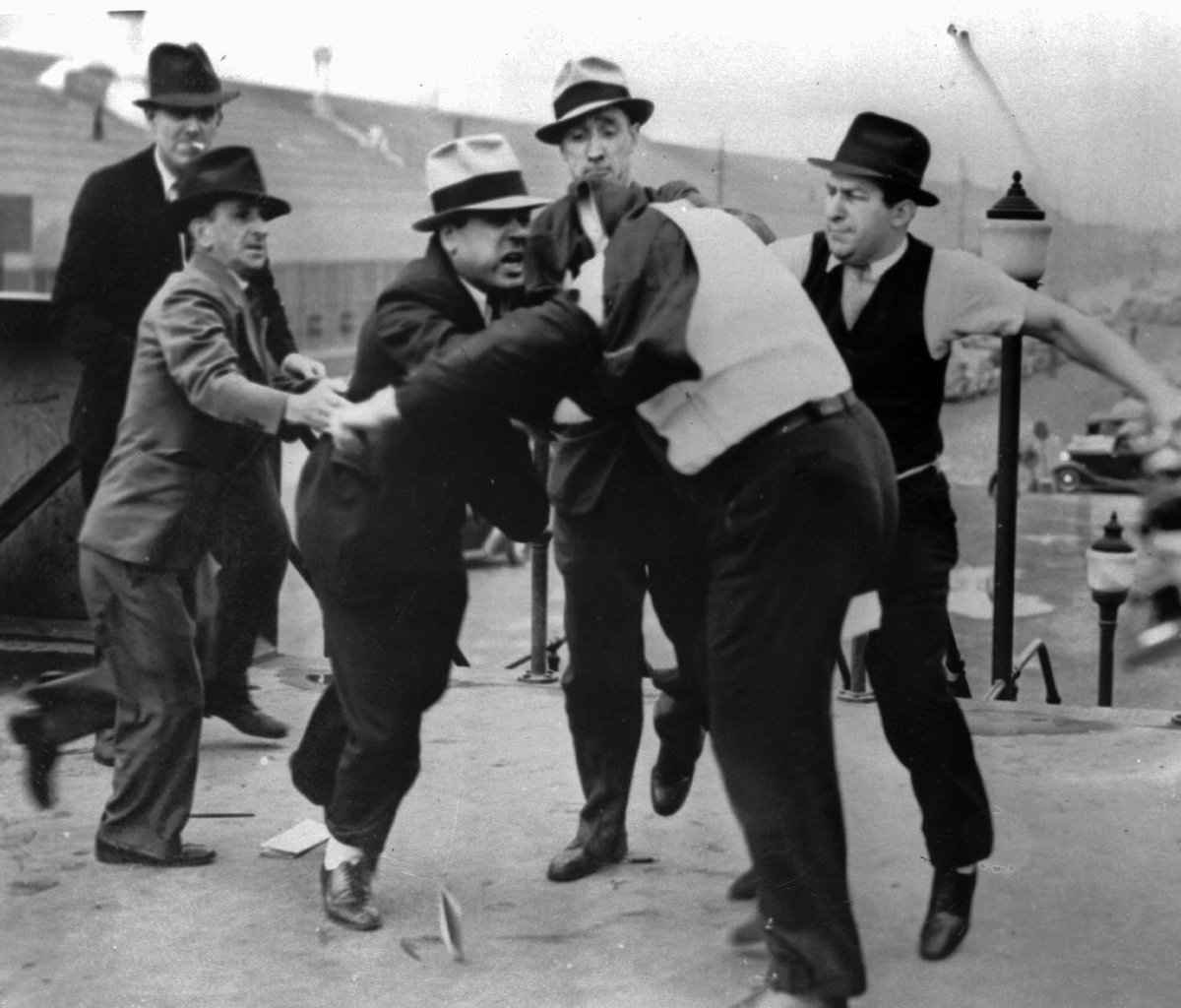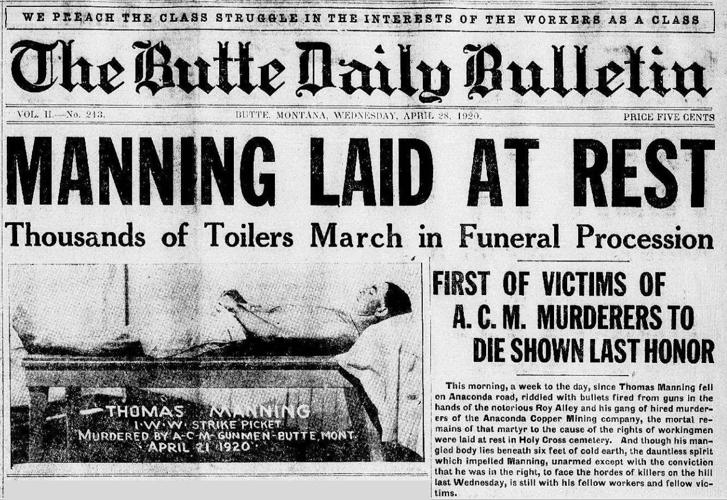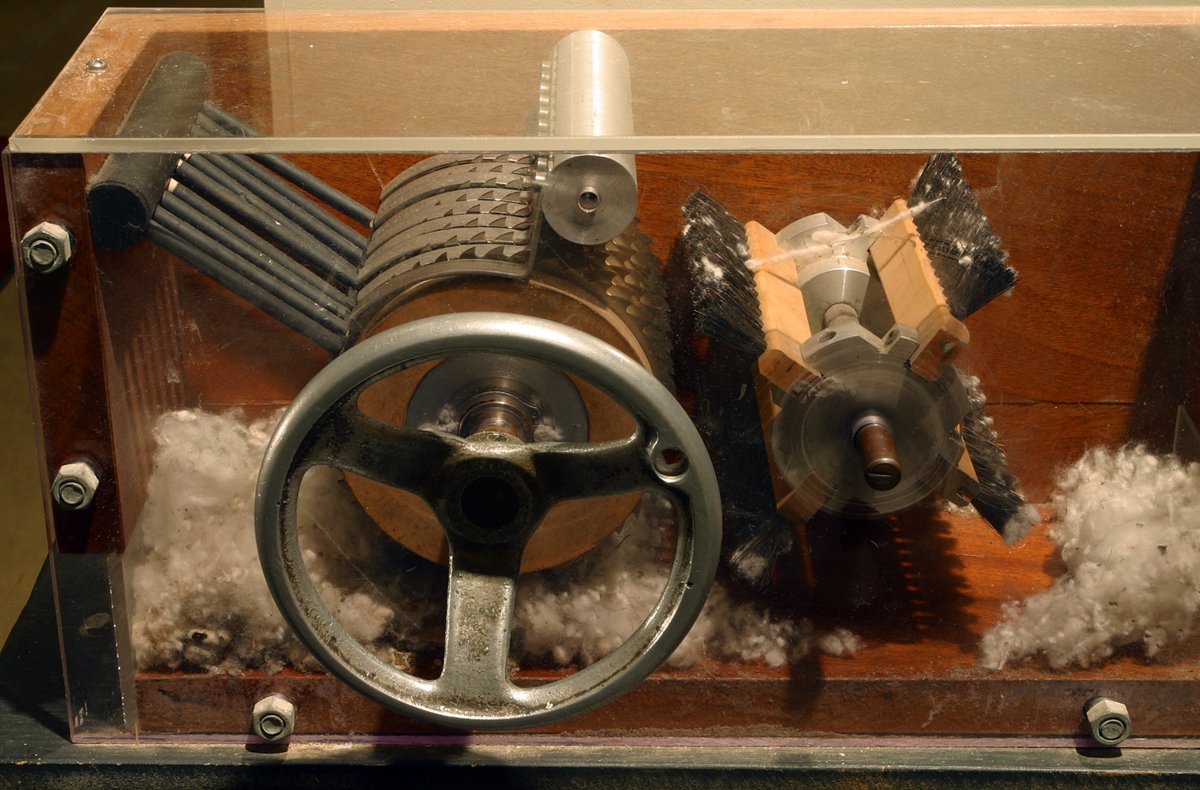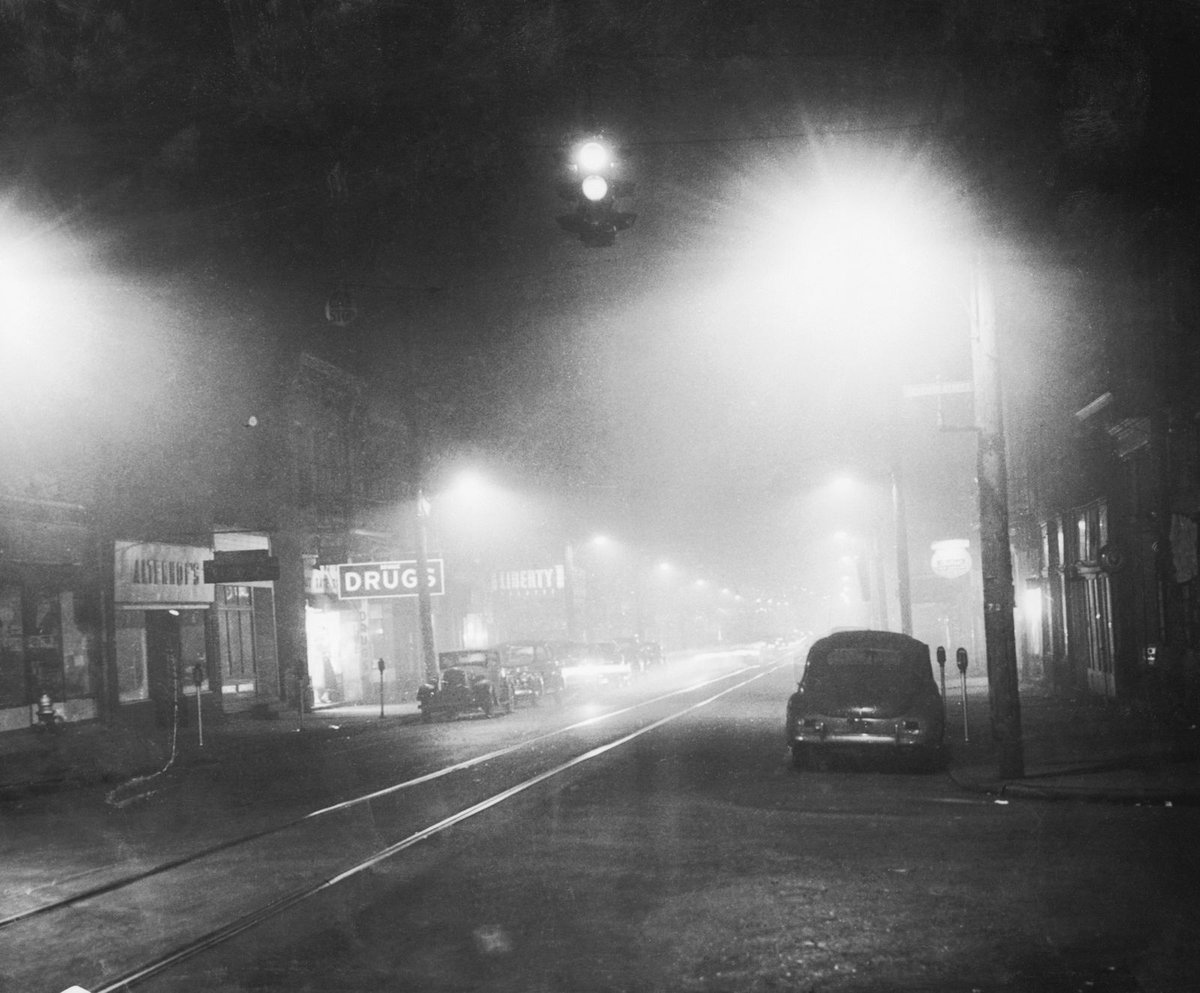
Labor historian. Now on Bluesky 99% of time. 1st Gen. Receipt keeper of American evil, then & now. Academic union thug. Beer. Music.
Energy is my currency.
15 subscribers
How to get URL link on X (Twitter) App


 In the early 20th century, Los Angeles was arguably America’s most conservative city. An hotbed of anti-union extremism, organized labor was almost entirely nonexistent. No one did more to push this policy than Harrison Gray Otis.
In the early 20th century, Los Angeles was arguably America’s most conservative city. An hotbed of anti-union extremism, organized labor was almost entirely nonexistent. No one did more to push this policy than Harrison Gray Otis.

 Soon gaining the nation’s attention and spawning similar groups across the country, Occupy Wall Street became the first major grassroots protest against inequality in the New Gilded Age.
Soon gaining the nation’s attention and spawning similar groups across the country, Occupy Wall Street became the first major grassroots protest against inequality in the New Gilded Age.

 Like many household technologies of the twentieth century, the washing machine created radical changes to housework, almost entirely done by women.
Like many household technologies of the twentieth century, the washing machine created radical changes to housework, almost entirely done by women.

 The rise of the newspaper industry in the late 19th century is well known.
The rise of the newspaper industry in the late 19th century is well known.

 Child labor had been central to the American workforce since the beginning of the Industrial Revolution, especially in the textile industry. While the technology of textiles had changed dramatically in the century after this, the basic labor strategy had not.
Child labor had been central to the American workforce since the beginning of the Industrial Revolution, especially in the textile industry. While the technology of textiles had changed dramatically in the century after this, the basic labor strategy had not.

 By May 1937, the United Auto Workers was an increasingly confident union. The creation of the CIO and the passage of the National Labor Relations Act had finally given industrial workers access to the unions they desperately craved.
By May 1937, the United Auto Workers was an increasingly confident union. The creation of the CIO and the passage of the National Labor Relations Act had finally given industrial workers access to the unions they desperately craved.

 In January 1920, the United Mine Workers of America had a new president: John L. Lewis. Lewis, who would become one of the most powerful labor leaders in American history, wanted to organize the miners of southern Appalachia.
In January 1920, the United Mine Workers of America had a new president: John L. Lewis. Lewis, who would become one of the most powerful labor leaders in American history, wanted to organize the miners of southern Appalachia.

 The Anaconda Road Massacre would be another event in the violent suppression of the IWW in the American West in this era, effectively decimating the organization.
The Anaconda Road Massacre would be another event in the violent suppression of the IWW in the American West in this era, effectively decimating the organization.

 Telephone operators struggled with low pay. A large chunk of the workforce, since telephones required the direct connections of lines, it was also dominated by women.
Telephone operators struggled with low pay. A large chunk of the workforce, since telephones required the direct connections of lines, it was also dominated by women.

 In 1934, the Teamsters local in Minneapolis, led by a group of Trotskyites that put it at odds with the international union, went on one of the most epic strikes of the Great Depression, part of that amazing, transformational year of militant organizing.
In 1934, the Teamsters local in Minneapolis, led by a group of Trotskyites that put it at odds with the international union, went on one of the most epic strikes of the Great Depression, part of that amazing, transformational year of militant organizing.

 One of the great contradictions of Marxism is the dictatorship of the proletariat.
One of the great contradictions of Marxism is the dictatorship of the proletariat.

 Jacob Liebstein was born in 1897 into a Jewish family in what today in Belarus. His father immigrated to the U.S. in the early 1900s and then sent for his family in 1907. He then grew up on the Lower East Side.
Jacob Liebstein was born in 1897 into a Jewish family in what today in Belarus. His father immigrated to the U.S. in the early 1900s and then sent for his family in 1907. He then grew up on the Lower East Side.

 Coal slurry is basically the toxic leftovers of modern industrial coal production. This was less of an issue in the days of underground mining, but with strip mining and later mountaintop removal, large scale residue became a real problem.
Coal slurry is basically the toxic leftovers of modern industrial coal production. This was less of an issue in the days of underground mining, but with strip mining and later mountaintop removal, large scale residue became a real problem.

 Creating the modern cotton industry meant the transition from agricultural to industrial labor in the North with the rise of the factory system and the rapid expansion and intensification of slavery in the South to produce the cotton.
Creating the modern cotton industry meant the transition from agricultural to industrial labor in the North with the rise of the factory system and the rapid expansion and intensification of slavery in the South to produce the cotton.

 That picture above was taken at noon on the day.
That picture above was taken at noon on the day.

 First, we have to remember why this matters for labor history, which is that slavery is a labor system.
First, we have to remember why this matters for labor history, which is that slavery is a labor system. 
 Like any large organization with significant financial reserves, unions can sometimes end up with corrupt leaders. Sometimes unions, particularly some trades and longshoremen locals, were fully mob-influenced.
Like any large organization with significant financial reserves, unions can sometimes end up with corrupt leaders. Sometimes unions, particularly some trades and longshoremen locals, were fully mob-influenced.

 This led to a strike and a violent confrontation three weeks later that demonstrated both the militancy early workers could show in fighting for their rights and the very difficult challenges they faced in winning a strike.
This led to a strike and a violent confrontation three weeks later that demonstrated both the militancy early workers could show in fighting for their rights and the very difficult challenges they faced in winning a strike.

 The strikers, primarily German, Polish, Lithuanian, and Slovak immigrants, were fighting for decent wages and working conditions in the one of the most brutal industries in the nation.
The strikers, primarily German, Polish, Lithuanian, and Slovak immigrants, were fighting for decent wages and working conditions in the one of the most brutal industries in the nation.

 The pre-1917 labor movement had a panopoly of radicalism in its ranks. Of course, many workers were not radical at all.
The pre-1917 labor movement had a panopoly of radicalism in its ranks. Of course, many workers were not radical at all.

 The position of flight attendant began on May 15, 1930, when a woman named Ellen Church worked at what was then known as a “skygirl.” Women worked very hard, but had to look glamorous while doing it.
The position of flight attendant began on May 15, 1930, when a woman named Ellen Church worked at what was then known as a “skygirl.” Women worked very hard, but had to look glamorous while doing it.